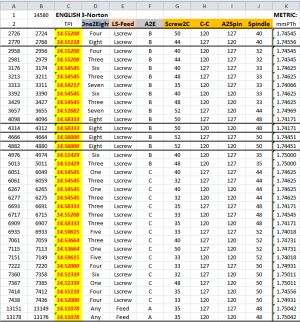Hi
@Provincial
Good idea! Yes, it is amazing what we will put up with for so long. Sometimes we get so used to an inconvenience that we don't even recognize it. I have my own list and my wife has an even longer one ... for me!
You could probably provide the time delay with a 555 time IC or maybe something even simpler. Either way you seem to need constant power to the electronics. If I understand correctly you only need for the Reed switch to contact as the door is moving. Then the contact is broken as the magnet move on past the sensor. You might be able to get around needing a power supply and only need a battery by using an FFT transistor to control the SSR input and resistors and capacitor at the FFT gate to provide the delay timing. There would be no power drain for the control when the operation is complete.
If you would like I can see if I can figure out a very simple circuit to fit in my disposal controller. Then with the cheap SSR that I used you could power the lights to most of or all of the house! But if you already have a plan and have spent the money then ....
Put some sort of thick coating on the magnet to protect it. Dip it in epoxy or anything (RTV, construction glue, etc.) to keep the salts and water a way. Maybe connect the sensor like I did and the drill a deep hole in the end of a longer board to hold and protect the sensor and then use the board for attaching.
By the way, connect a switch to near the house door to activate the circuit might be nice so that you can turn out the light, get in the car with the garage door light on and then open the garage door.
Another thought. If you have an old garage door opener system it is probably chain or belt driven. Attach the magnet to the belt or chain and put the sensor a few feet from the motor box. Just depends on your configuration, but I would prefer to have it up and out of the way. Mount the electronics box on the garage door motor box. Once every 10 years or so you would have to climb a ladder and change the batteries. Or their might be a DC power source at the door opening motor. I am assuming you have a wireless door opener and their would be DC for the receiver.
Dave L.


